Cromlech near the village of Dolni Glavanak
The best-preserved cromlech in Bulgaria is located in the Eastern Rhodopes between the villages of Dolni Glavanak and Topolovo, Madzharovo municipality.
The Thracian megalithic structure was discovered in 1998 by Dr Georgi Nehrizov and is located about 2 km from the village of Dolni Glavanak. There are signposts to guide you. Google Maps has a slight discrepancy in the exact location where you might park, but you can't get lost and go elsewhere. You will see a widening of the road and a parking lot with an abandoned Information Center. The eco-trail starts on the other side of the road, and to the stones themselves, you will walk about 800 meters or approximately 15-20 minutes of walking. The path is easily passable. At first glance, it may not seem like a very interesting destination, but its energy is definitely very strong and you can feel it on the spot. You will feel a sense of calmness and you will want to sit on one of the benches built around the stones.
The Thracian sanctuary is built of 15 pyramidal-shaped stones, arranged in an approximate circle, of varying heights, with the tallest stones being 1.5 m high. Exactly what religious rituals it was used for remains a mystery at this stage.
They also call the cromlech the Bulgarian Stonehenge, but for me personally, the Bulgarian Stonehenge is the Rayuvski cromlech in the Elenа Balkan, which was built in its likeness.
See also

The Elenska Basilica
The Elenska Basilica is located between the town of Pirdop and the village of Anton, at the foot of the southern slopes of of Stara planina (Balkan mountains), Bulgaria. The place is very peaceful, very pleasant for a walk in the nature and suitable for picnics.
Explore
Asen's Fortress
Located about 3 km south of Asenovgrad, Bulgaria, on the northern slopes of the Western Rhodopes.
Explore















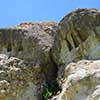































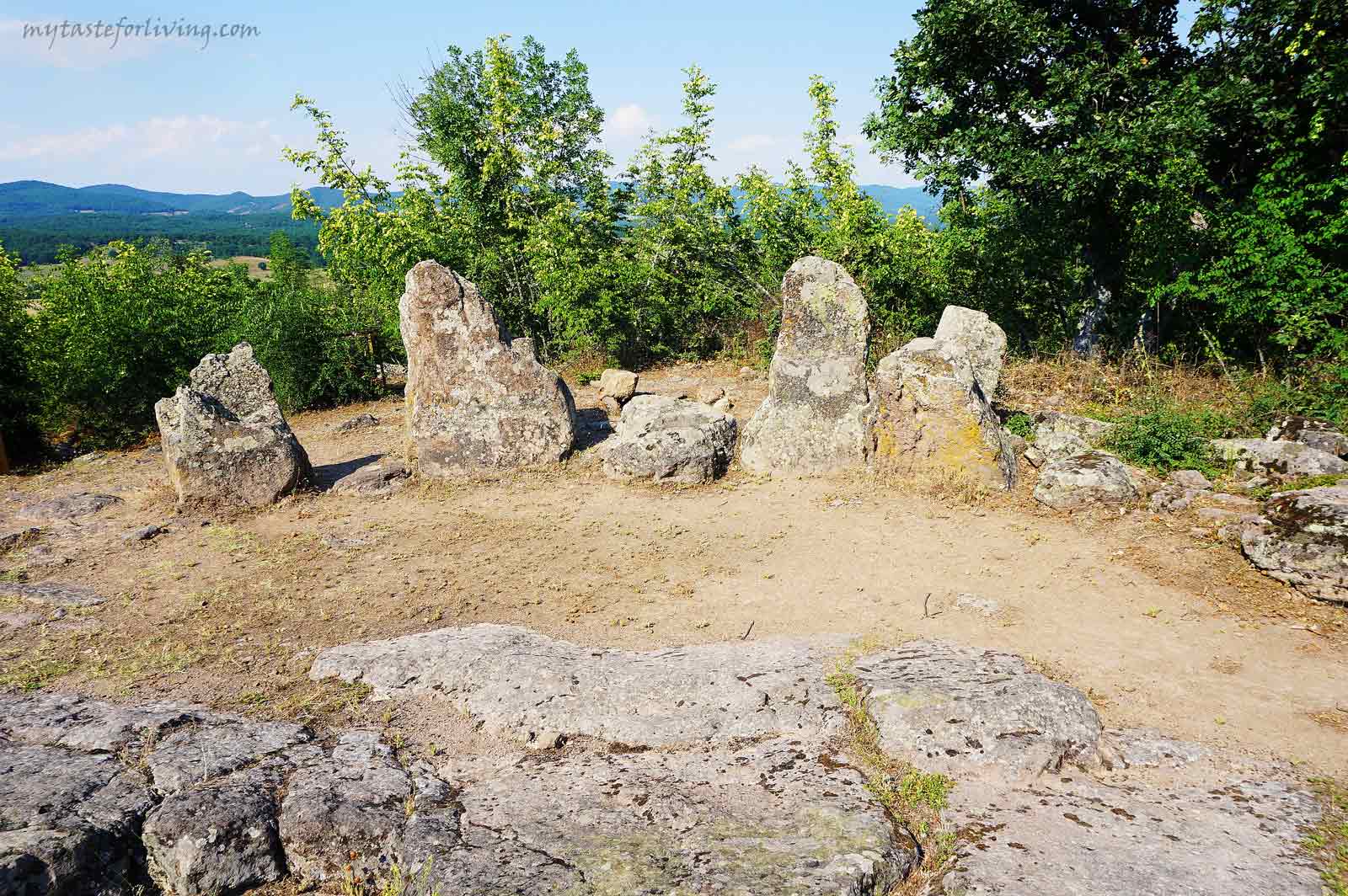
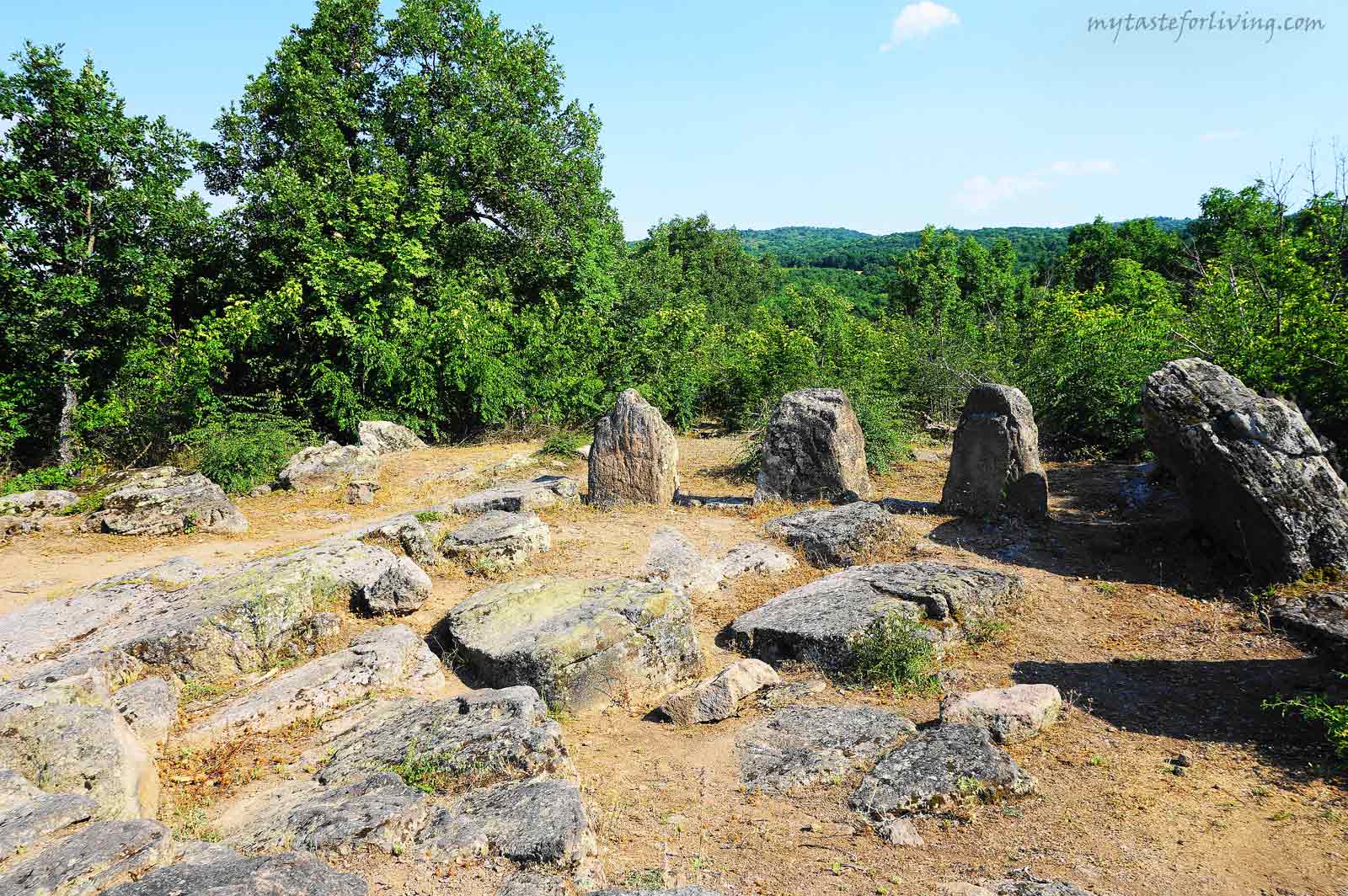
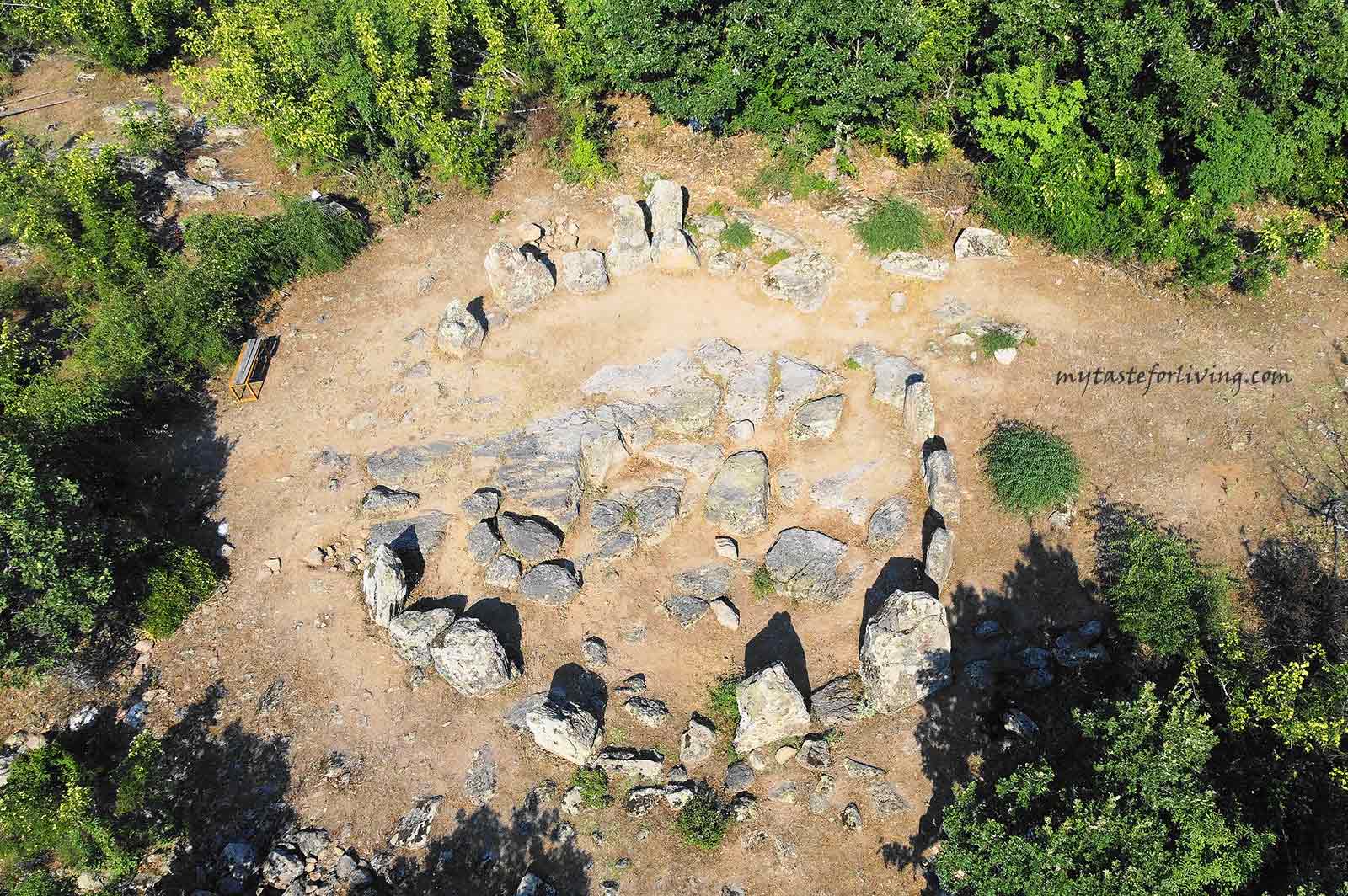
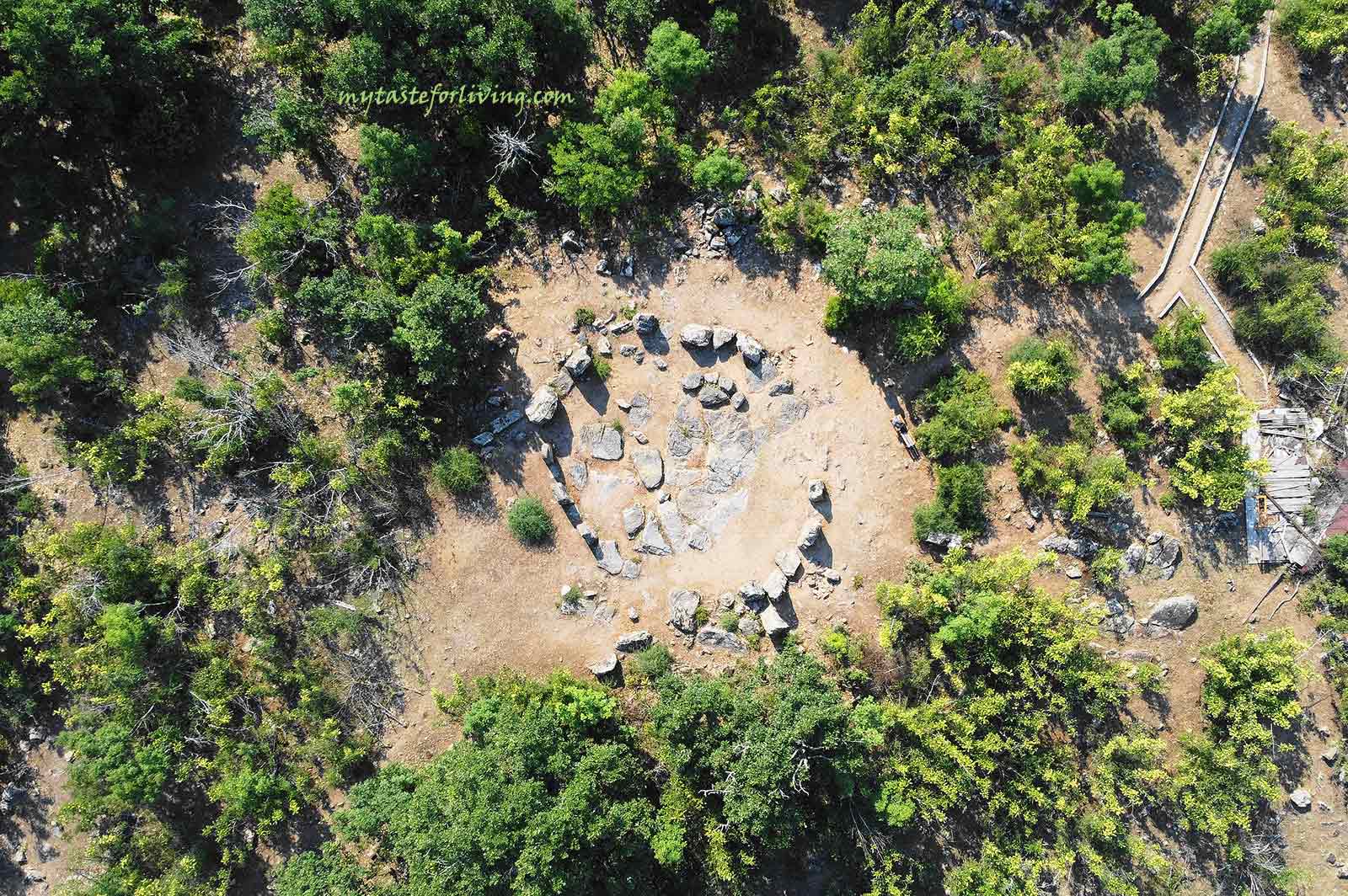




Comments
Leave comment